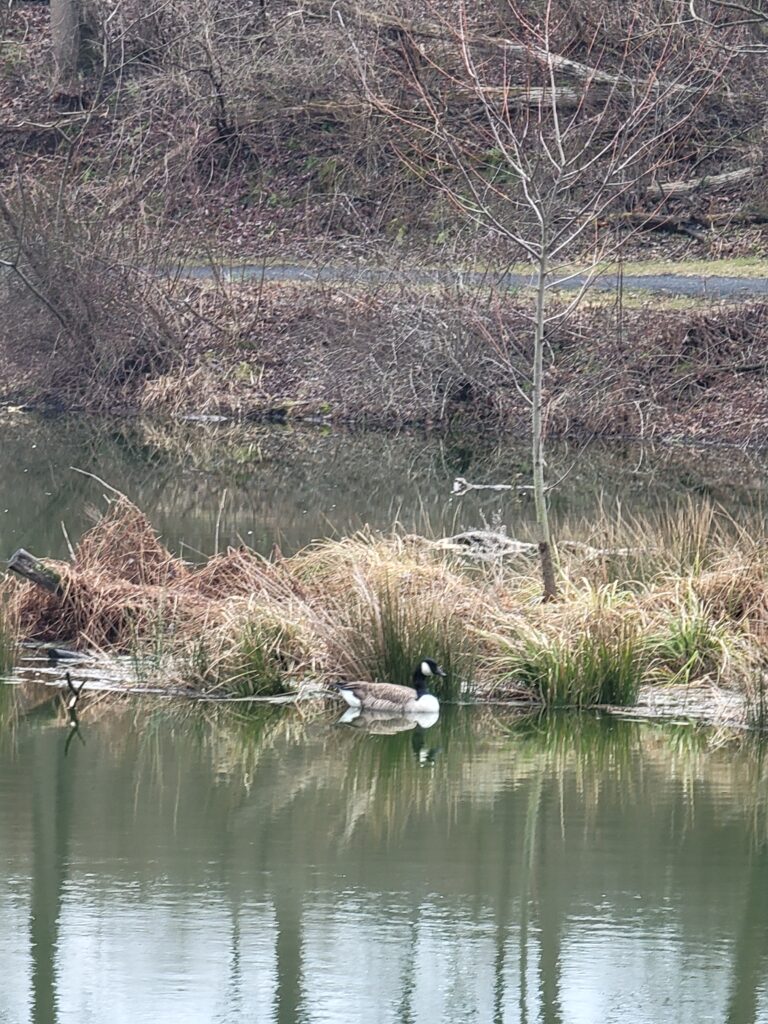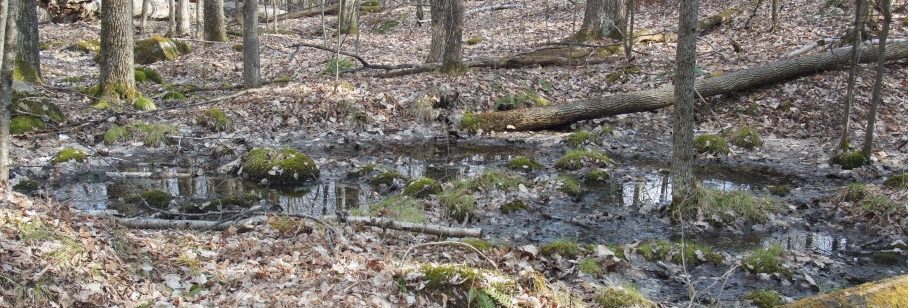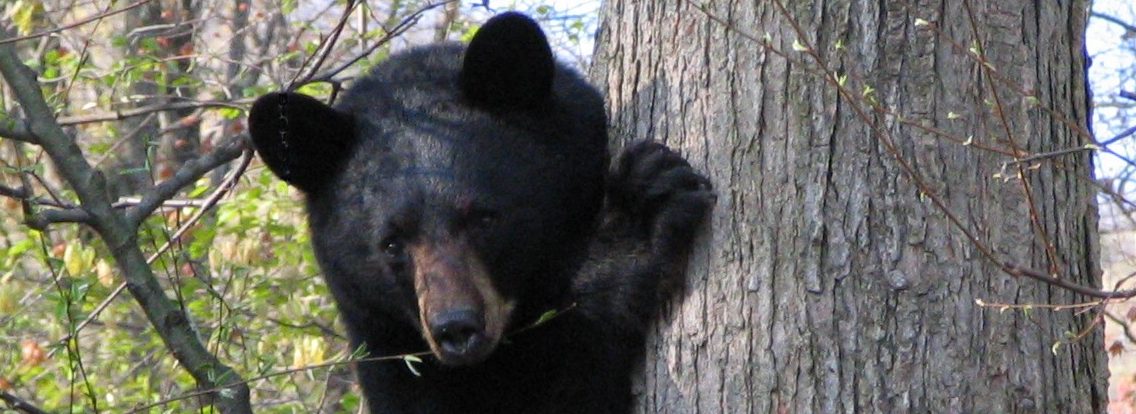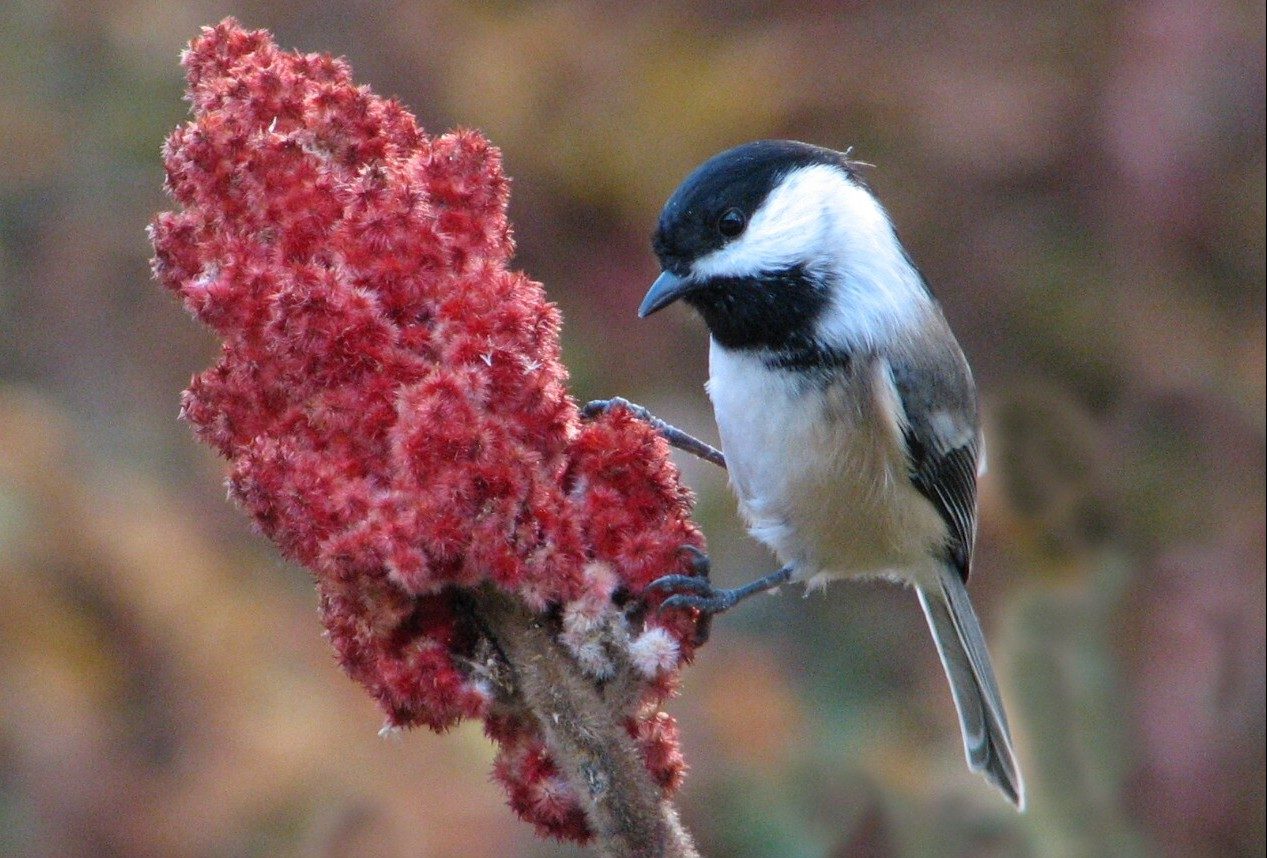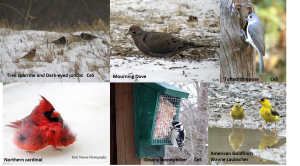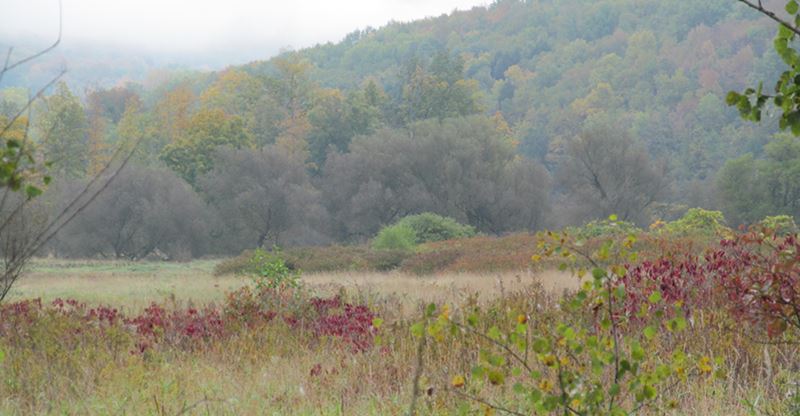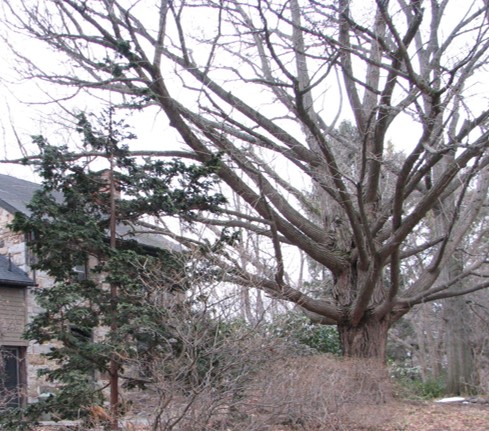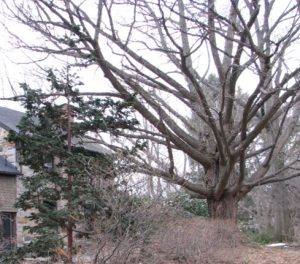When you think of NPC does the word “agile” come to mind? How about “speedy,” or “fast?” Well, all of those words could be used to describe the latest project NPC’s members and donors are making possible.
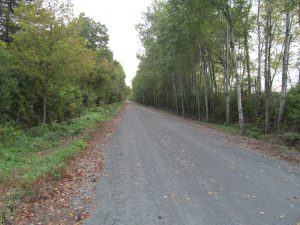 The Pine Creek Rail Trail runs for 62 miles from Wellsboro Junction to Jersey Shore using the rail bed that once hauled celery, lumber, and ginseng to market. The Trail is popular with tourists, Boy Scout Troops earning bicycling badges, and local residents staying healthy by biking and walking.
The Pine Creek Rail Trail runs for 62 miles from Wellsboro Junction to Jersey Shore using the rail bed that once hauled celery, lumber, and ginseng to market. The Trail is popular with tourists, Boy Scout Troops earning bicycling badges, and local residents staying healthy by biking and walking.
One need at the northern end of the Trail is for more access and for rest areas. People have said they’d like to have a place they can sit and watch wildlife, as well as just taking a break to enjoy the day. In this stretch the Trail runs along Marsh Creek and a large wetland complex (known as the Muck). The Trail is bordered on both sides by private land with the Bureau of Forestry in charge of maintaining the Trail.
Back in October there was an opportunity to purchase 132 acres along the Trail. The property was being sold at a court ordered auction. When the Tioga State Forest staff saw the auction sign they quickly called their central office in Harrisburg to see if there would be some way to buy this property.
Staff from Forestry’s central office called NPC’s office. There isn’t a way for the state to attend an auction and buy properties. The rules, systems, and laws in place require various state offices and state departments to review sales contracts for real estate. As you can imagine it takes time for these multiple reviews to take place.
NPC talked to the staff from Harrisburg on a Monday. The auction was set for a Thursday. Yep, NPC had 72 hours (almost to the minute) to figure out if the property had conservation value and if NPC could buy it.
Because of the support NPC receives from its members and donors, the organizational systems were in place that allowed staff to research the conservation values, visit the property to document its condition, gain board approval of the project and authorization to bid, attend the auction, and be the high bidder!!!
57 days after that initial conversation with Forestry’s Harrisburg staff, the Northcentral Pennsylvania Conservancy took title to an amazing 132 acres!!
With the continued support from our members and donors we’re now working toward conveying the property to the Bureau of Forestry and preparing the property to become an access point to the Pine Creek Rail Trail.
 The property’s ecological features include wetlands along Marsh Creek. The wetlands are extensive, fed by Canada Run, and close to wooded areas. This allows wildlife to use the wetlands and Creek by moving from the forest to the stream and wetlands and back.
The property’s ecological features include wetlands along Marsh Creek. The wetlands are extensive, fed by Canada Run, and close to wooded areas. This allows wildlife to use the wetlands and Creek by moving from the forest to the stream and wetlands and back.
Marsh Creek is a major tributary to Pine Creek. Marsh Creek meanders and bends through this property for nearly one mile. This Creek and its associated wetlands are a huge sponge that provide water year round that helps keep Pine Creek’s water cooler in the summer.
The Bureau of Forestry plans to create a parking area and access to the Pine Creek Rail Trail. A few benches will be added to the property to allow bikers, hikers, walkers and wanderers a place to sit rest, and enjoy the day. Forestry will eventually create a walking trail to allow people to see more of the wetlands, and hopefully see more wildlife.
There is some work to do before the property becomes useable as the Cavanaugh Access. There is household debris on the site and a house that isn’t in great shape. These need to be cleaned up and removed from the property before a parking area, benches and walking trails can be constructed.
But, we’ve come a LONG way in the last 57 days. Thank you for making this project possible. It really is because of your membership support and donations over the years that NPC could help take this possibility and make it a reality.
If you’d like to donate to the project and help get the site ready for public access, please click here.
The Northcentral Pennsylvania Conservancy is a non-profit 501(c)(3) organization. Contributions are deductible to the fullest extent allowed by law. The official registration and financial information of the Conservancy may be obtained from the PA Department of State by calling toll-free within PA 1-800-732-0999. Registration does not imply endorsement.
